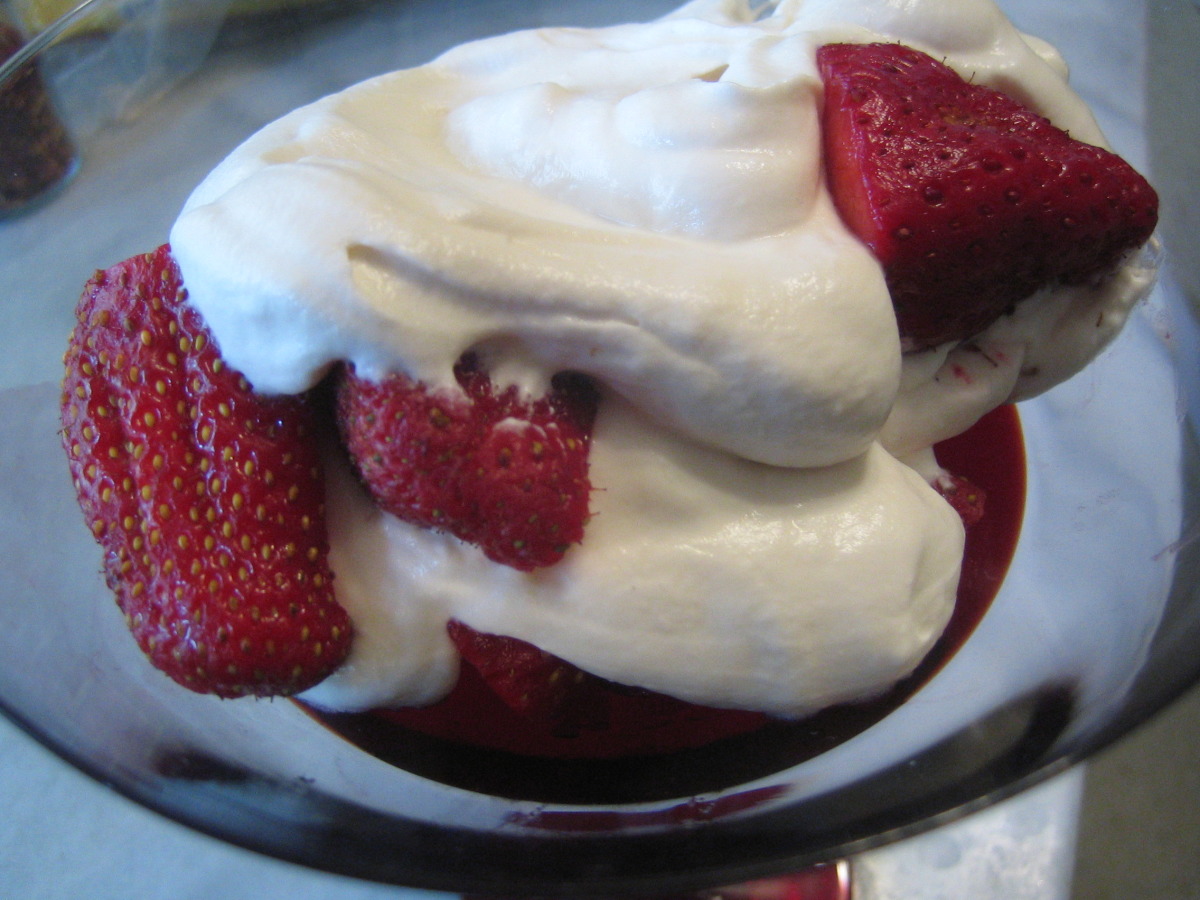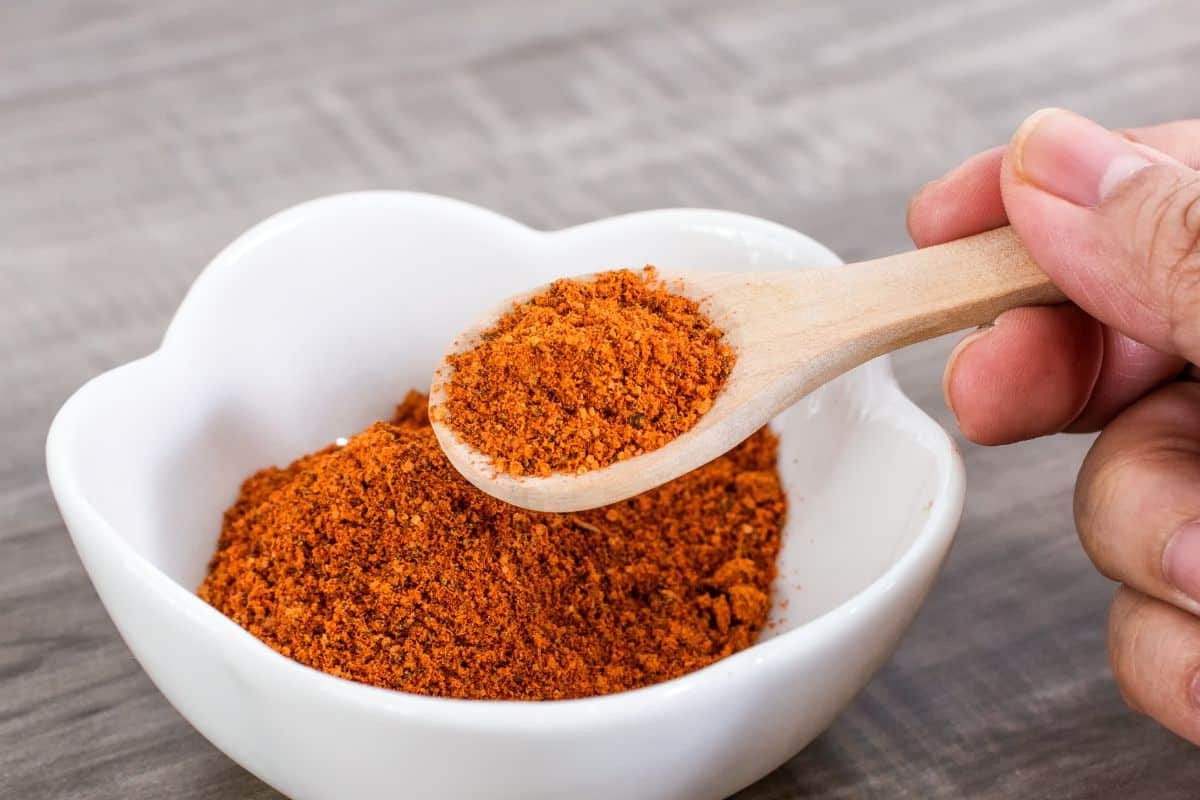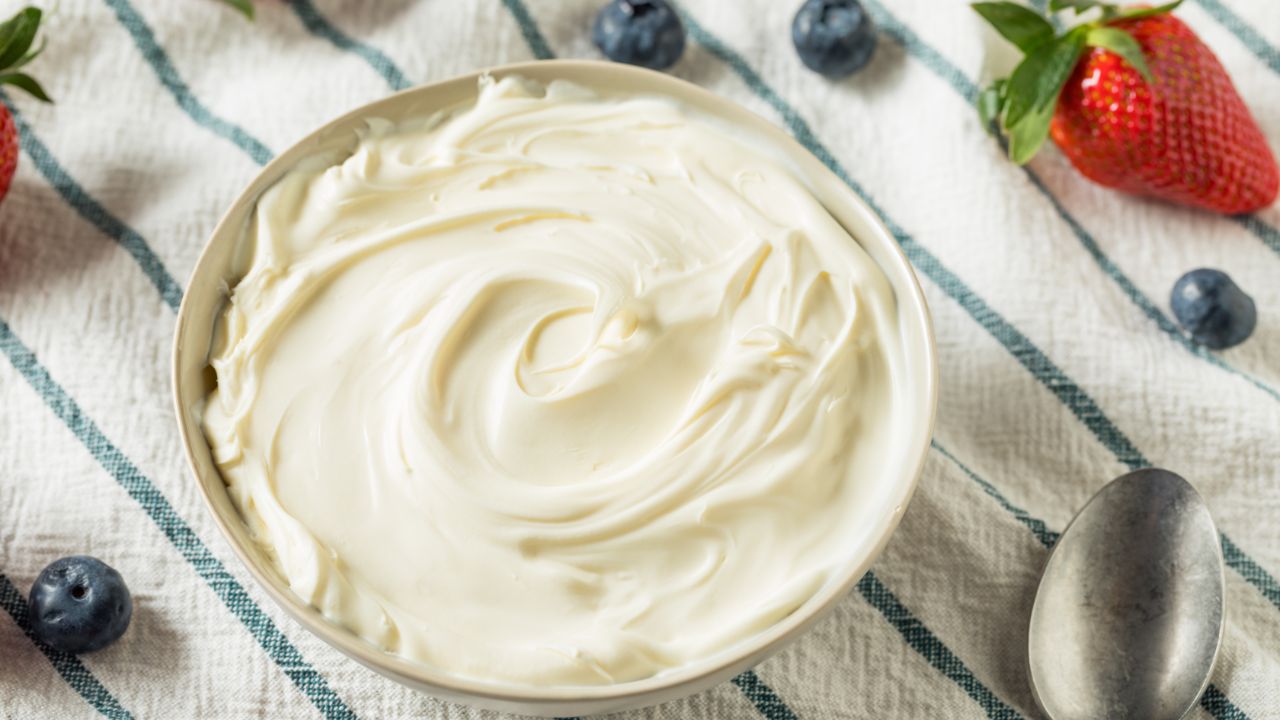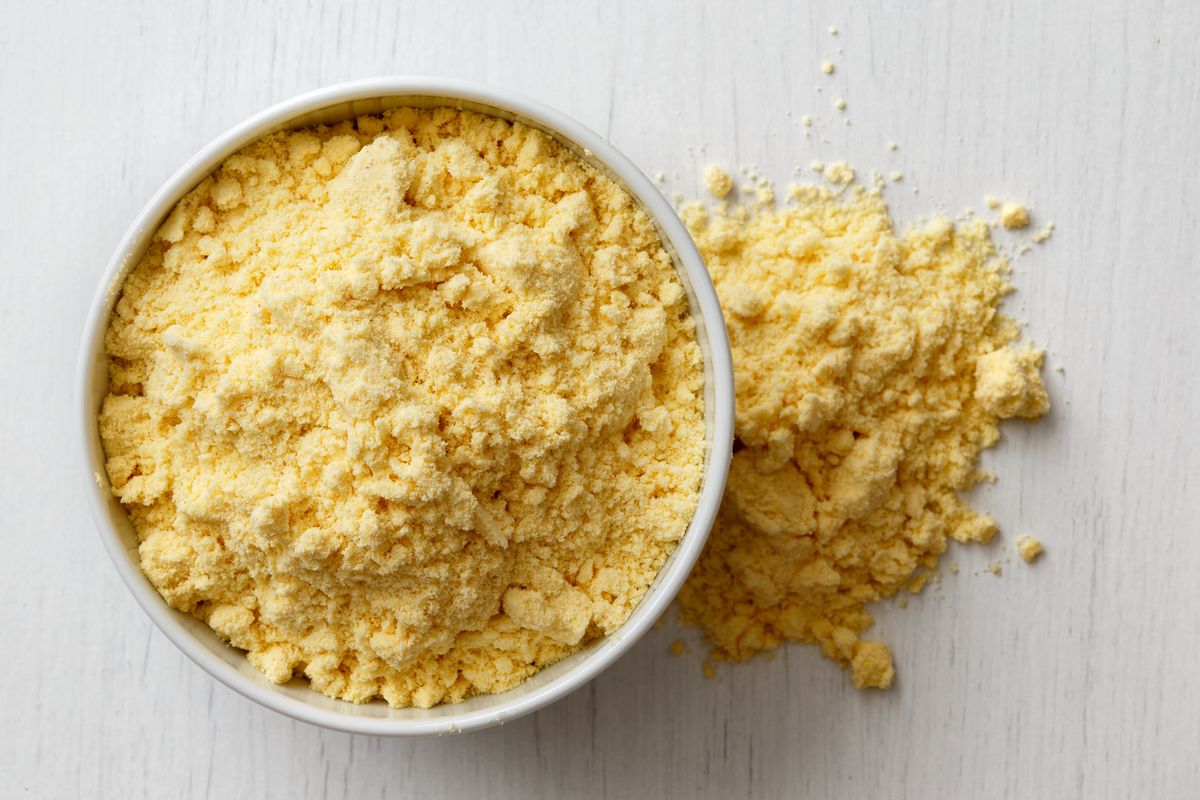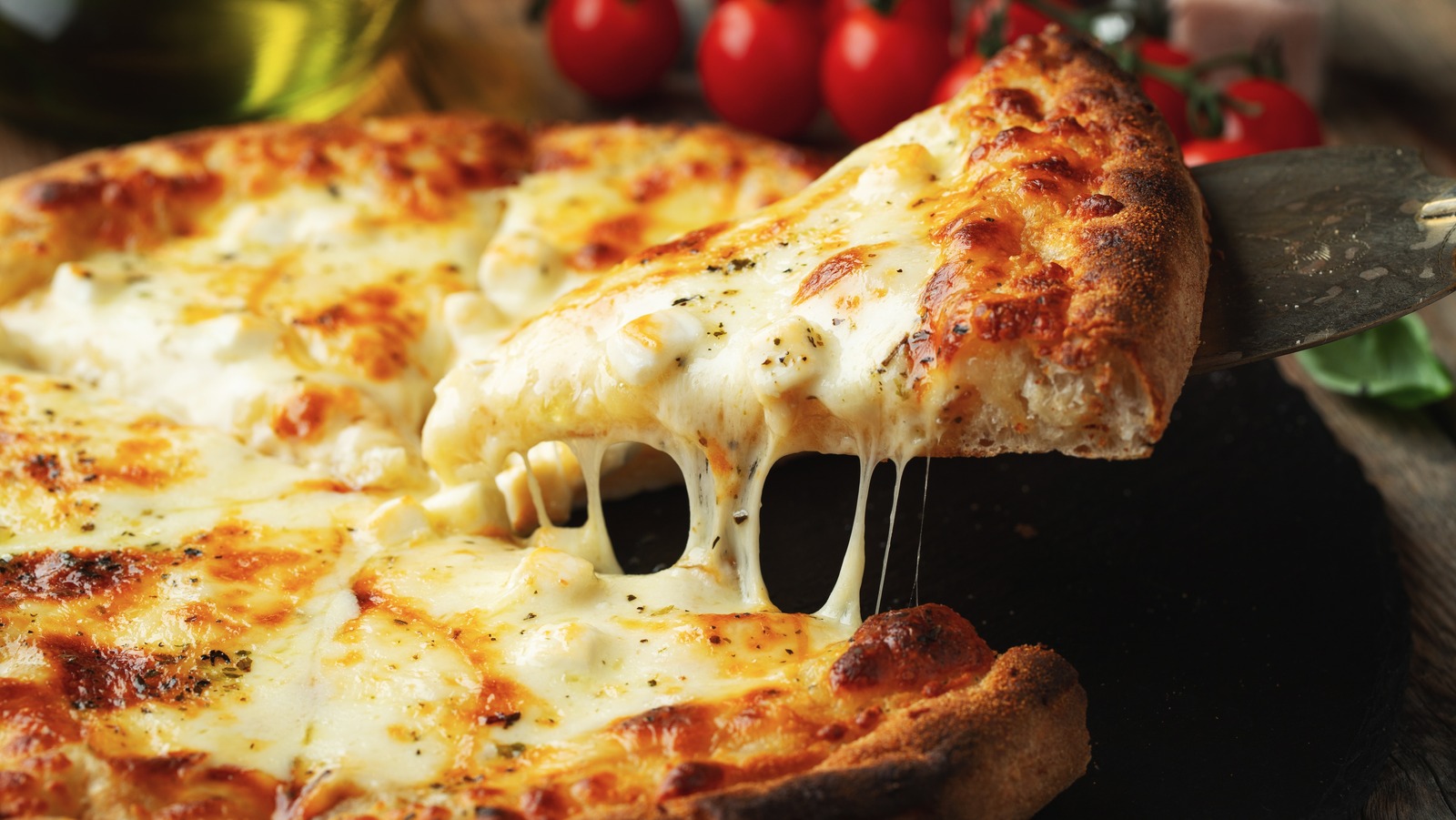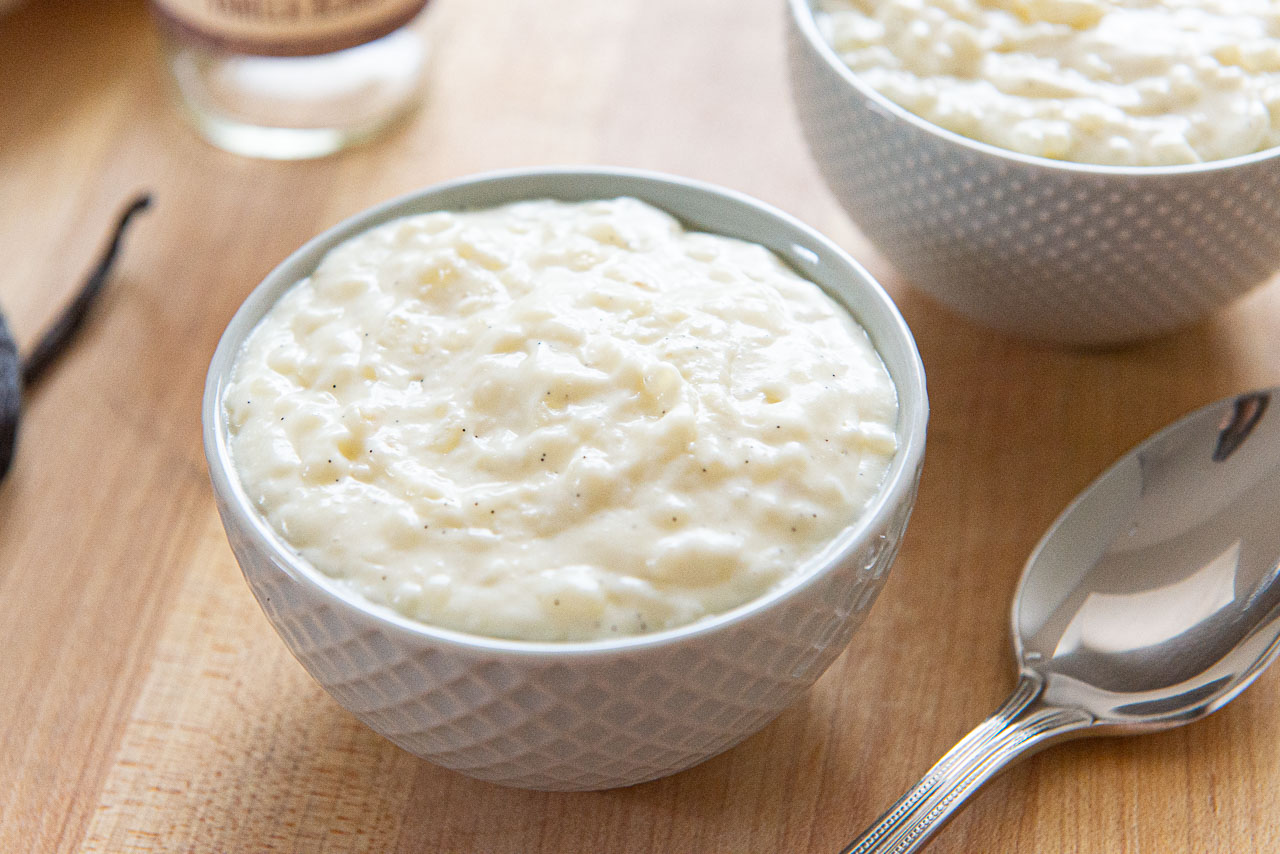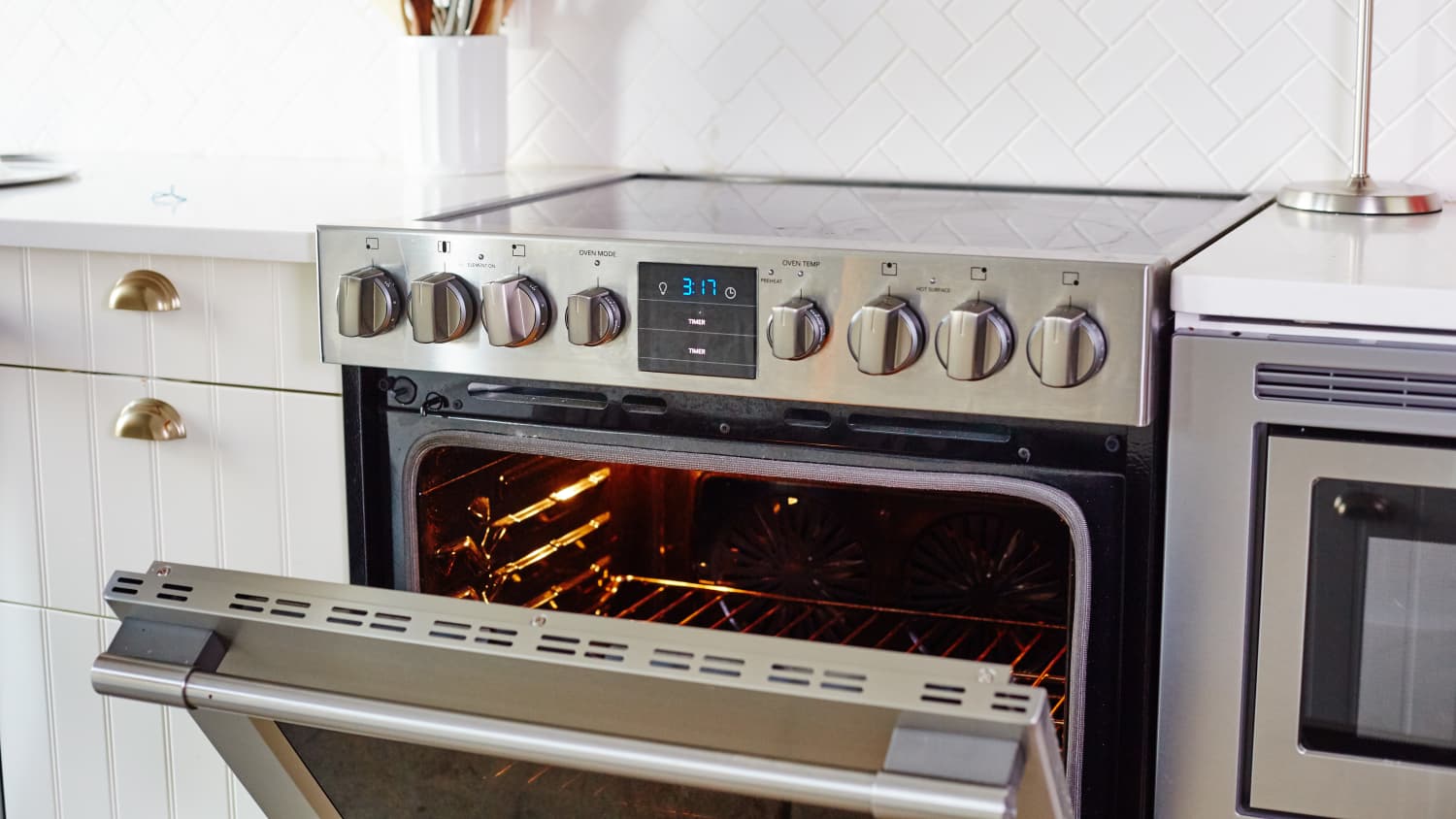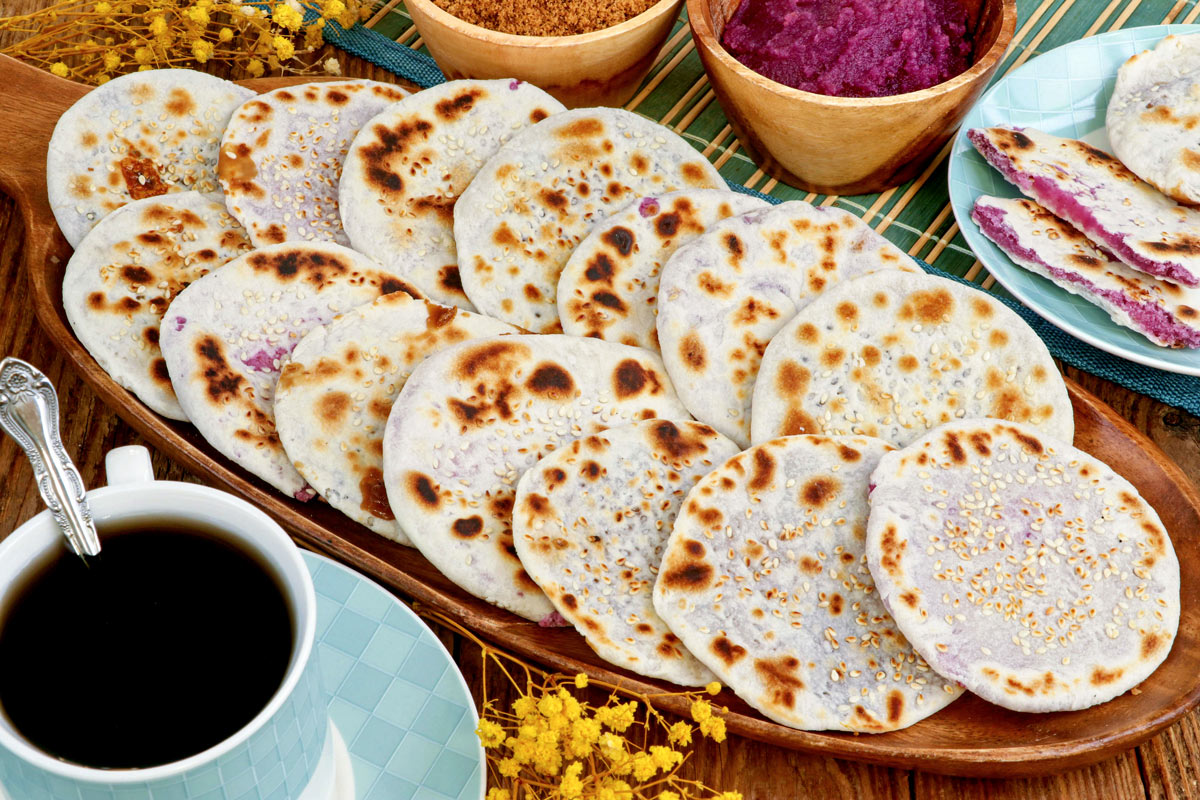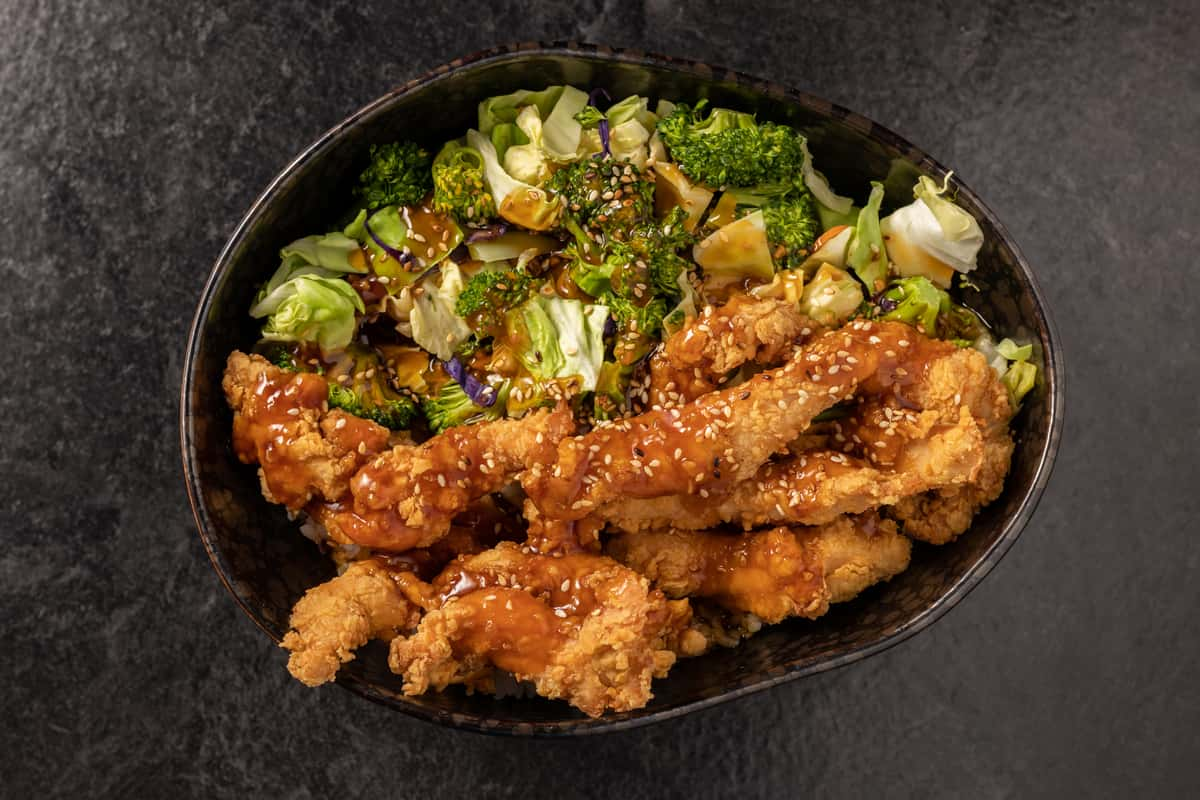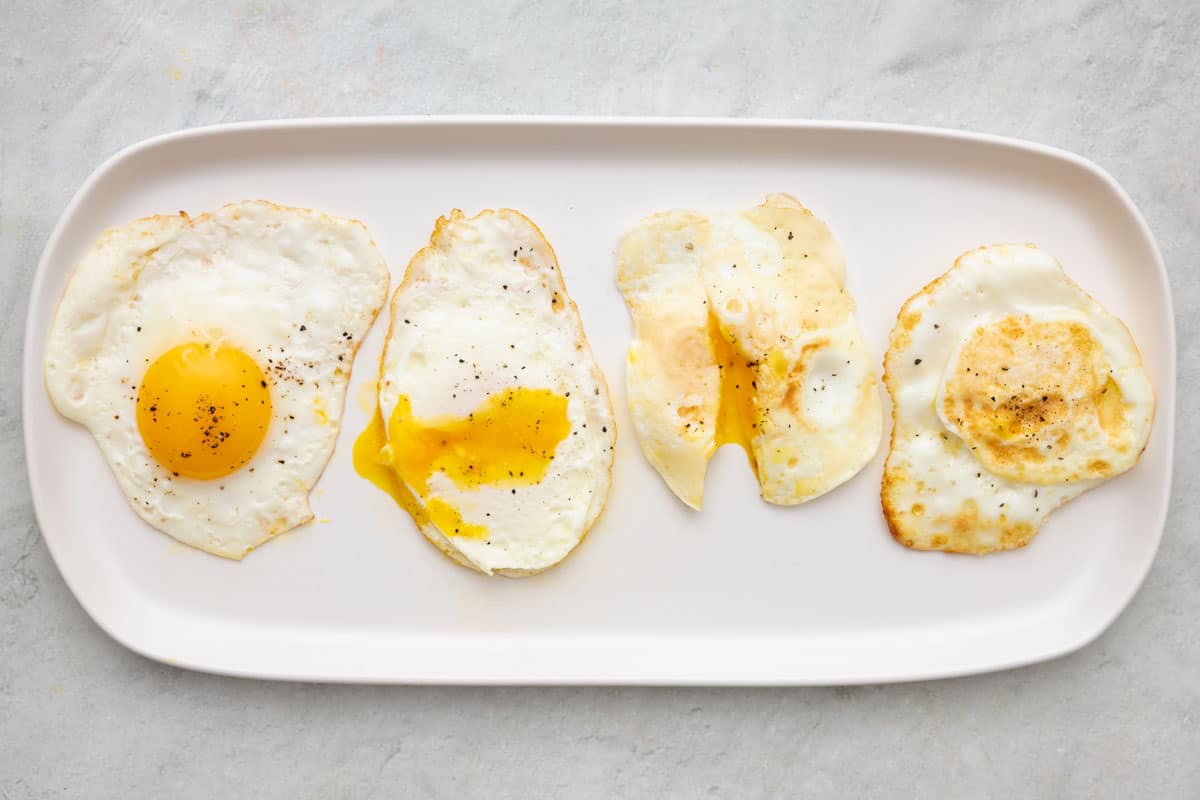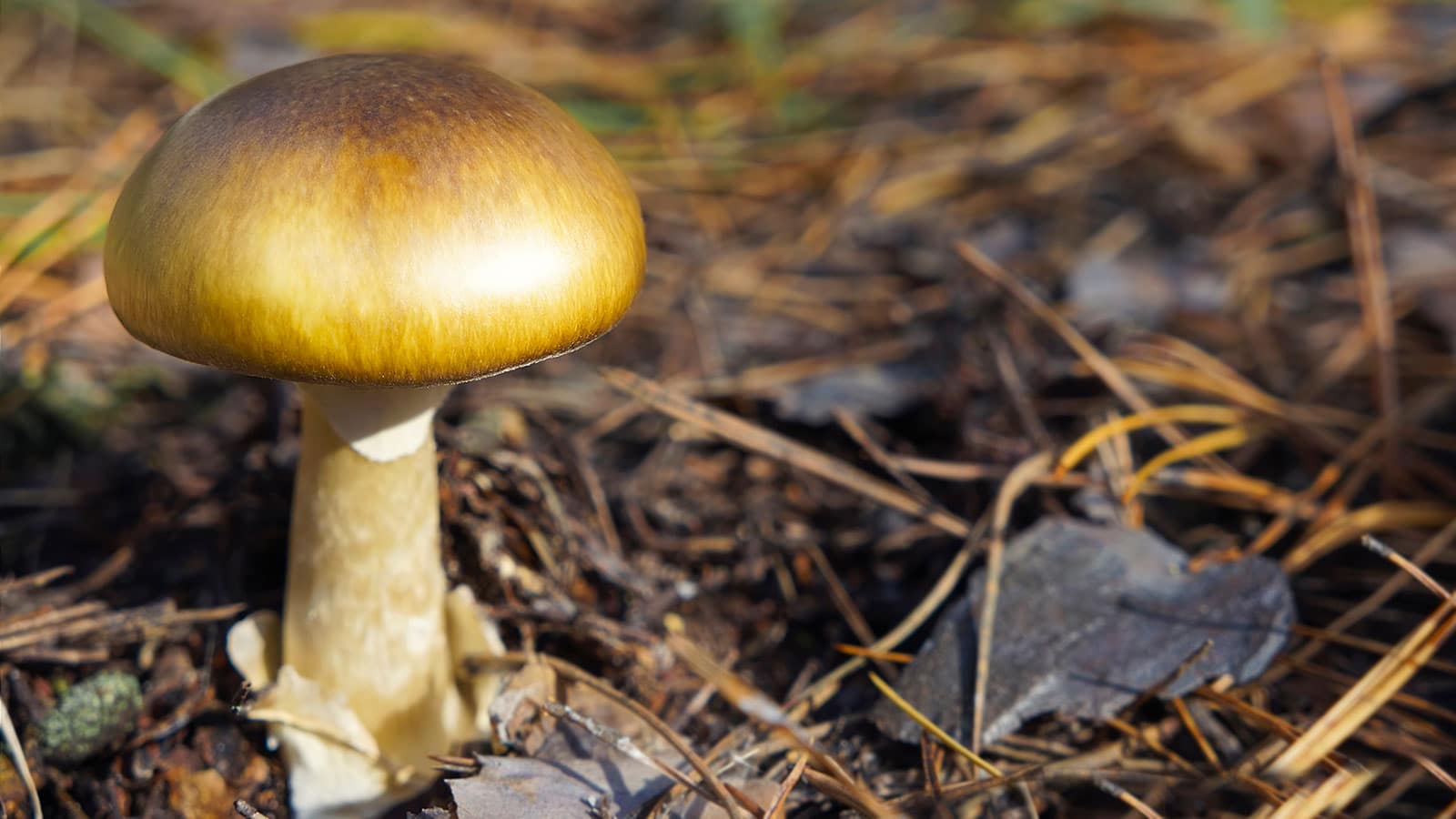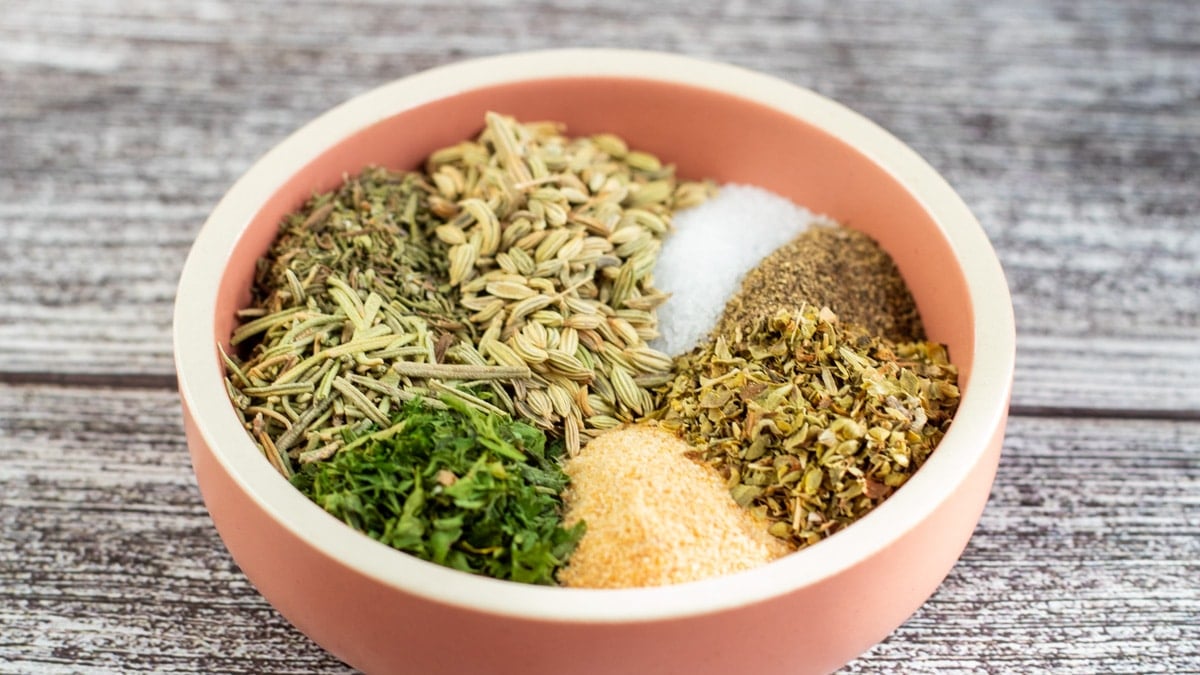Discovering the Delightful World of Penne Pasta
When it comes to Italian cuisine, pasta is a staple that has captured the hearts and taste buds of people all around the world. One popular type of pasta that you may have come across is penne. But what exactly is penne, and what makes it so special? Let’s delve into the delightful world of penne pasta and uncover its secrets.
What Is Penne?
Penne is a type of pasta that is characterized by its short, cylindrical shape and angled ends. The name “penne” is derived from the Italian word for “quills,” which perfectly describes the shape of this beloved pasta. Made from durum wheat semolina, penne pasta is known for its versatility and ability to hold sauces well, making it a popular choice for a wide variety of dishes.
The Different Varieties of Penne
While the classic penne pasta is characterized by its smooth texture and angular cut, there are also variations of this beloved pasta. Some of the different types of penne include:
- Whole Wheat Penne: A healthier alternative to traditional penne, whole wheat penne is made from whole wheat flour, offering a nuttier flavor and higher nutritional value.
- Tricolore Penne: This colorful variety of penne features a combination of plain, spinach, and tomato-flavored pasta, adding a vibrant touch to any dish.
- Gluten-Free Penne: Ideal for those with gluten sensitivities or dietary restrictions, gluten-free penne allows everyone to enjoy this beloved pasta.
Popular Ways to Enjoy Penne
Thanks to its versatile nature, penne pasta can be enjoyed in a myriad of delicious ways. Some popular dishes featuring penne include:
- Penne alla Vodka: This creamy and indulgent dish combines penne pasta with a rich tomato and vodka-infused sauce, creating a decadent flavor profile.
- Penne all’Arrabbiata: For those who enjoy a bit of heat, this spicy dish pairs penne pasta with a fiery tomato and chili sauce, delivering a satisfying kick with every bite.
- Penne Primavera: A lighter option, this dish showcases penne pasta tossed with an assortment of fresh, seasonal vegetables, offering a burst of color and flavor.
Cooking Tips for Perfect Penne Pasta
To ensure that your penne pasta turns out perfectly every time, consider the following cooking tips:
- Use Ample Water: When boiling penne pasta, be sure to use a large pot of generously salted water to prevent the pasta from sticking together.
- Al Dente Is Key: Aim to cook the penne pasta until it is al dente, meaning it is tender yet still has a slight firmness to it.
- Pair with the Perfect Sauce: Whether it’s a creamy Alfredo or a robust marinara, choose a sauce that complements the shape and texture of penne pasta.
In Conclusion
Penne pasta is a beloved Italian staple that continues to captivate pasta enthusiasts around the globe. With its unique shape, versatility, and ability to pair with an array of delectable sauces, penne has secured its place as a cherished pasta variety. Whether you prefer it in a classic tomato sauce or as part of a gourmet pasta dish, penne pasta is sure to delight your palate with its delightful taste and texture.
So, the next time you’re craving a comforting bowl of pasta, consider reaching for a box of penne and embark on a culinary journey that celebrates the beauty of this beloved Italian creation.
Was this page helpful?
Read Next: What Is Lobster Tomalley
